Market Growth Projections
The Global Non-Destructive Testing (NDT) Services Market Industry is projected to experience robust growth over the coming years. With a market value anticipated to reach 18.9 USD Billion in 2024 and further expand to 47.3 USD Billion by 2035, the industry is poised for significant transformation. The compound annual growth rate (CAGR) of 8.71% from 2025 to 2035 indicates a strong upward trend, driven by various factors such as technological advancements, regulatory compliance, and increasing demand for quality assurance. This growth trajectory suggests a dynamic market landscape, where NDT services will play an integral role in ensuring safety and reliability across multiple sectors.
Growing Infrastructure Development
The Global Non-Destructive Testing (NDT) Services Market Industry benefits from the ongoing global infrastructure development initiatives. Governments worldwide are investing heavily in infrastructure projects, including bridges, railways, and airports, which require rigorous testing to ensure structural integrity and safety. NDT services are essential in assessing the condition of materials and detecting potential flaws before they lead to catastrophic failures. As urbanization accelerates and infrastructure demands increase, the market is poised for growth. This trend aligns with the projected market value of 18.9 USD Billion in 2024, highlighting the importance of NDT services in supporting sustainable infrastructure development.
Increasing Demand for Quality Assurance
The Global Non-Destructive Testing (NDT) Services Market Industry experiences heightened demand for quality assurance across various sectors, including aerospace, automotive, and construction. As industries strive to enhance product reliability and safety, NDT services play a crucial role in identifying defects without compromising the integrity of materials. This trend is particularly evident in the aerospace sector, where stringent regulations necessitate rigorous testing protocols. The market is projected to reach 18.9 USD Billion in 2024, reflecting the growing emphasis on quality and safety standards globally. Consequently, the demand for NDT services is likely to continue its upward trajectory, driven by the need for compliance and risk mitigation.
Technological Advancements in NDT Methods
Advancements in technology significantly influence the Global Non-Destructive Testing (NDT) Services Market Industry, enhancing the efficiency and accuracy of testing methods. Innovations such as automated ultrasonic testing and digital radiography are revolutionizing traditional practices, allowing for faster and more precise inspections. These technologies not only reduce operational costs but also improve the reliability of results. As industries increasingly adopt these advanced techniques, the market is expected to witness substantial growth. The projected compound annual growth rate (CAGR) of 8.71% from 2025 to 2035 underscores the potential for technological integration to drive market expansion and elevate service standards.
Regulatory Compliance and Safety Standards
Regulatory compliance remains a pivotal driver within the Global Non-Destructive Testing (NDT) Services Market Industry, as governments and industry bodies enforce stringent safety standards. Compliance with regulations such as ISO 9001 and ASME codes necessitates regular inspections and testing, thereby fueling demand for NDT services. Industries such as oil and gas, power generation, and manufacturing are particularly affected, as non-compliance can lead to severe penalties and safety hazards. The market's projected growth to 47.3 USD Billion by 2035 indicates the critical role of regulatory frameworks in shaping industry practices and promoting the adoption of NDT services across various sectors.
Rising Awareness of Preventive Maintenance
The rising awareness of preventive maintenance practices significantly impacts the Global Non-Destructive Testing (NDT) Services Market Industry. Industries are increasingly recognizing the value of proactive measures to avoid costly downtimes and ensure operational efficiency. NDT services facilitate early detection of defects, enabling timely interventions that can extend the lifespan of assets. This shift towards preventive maintenance is particularly pronounced in sectors such as manufacturing and energy, where equipment reliability is paramount. As organizations prioritize maintenance strategies, the market is likely to expand, reflecting a growing commitment to asset management and operational excellence.
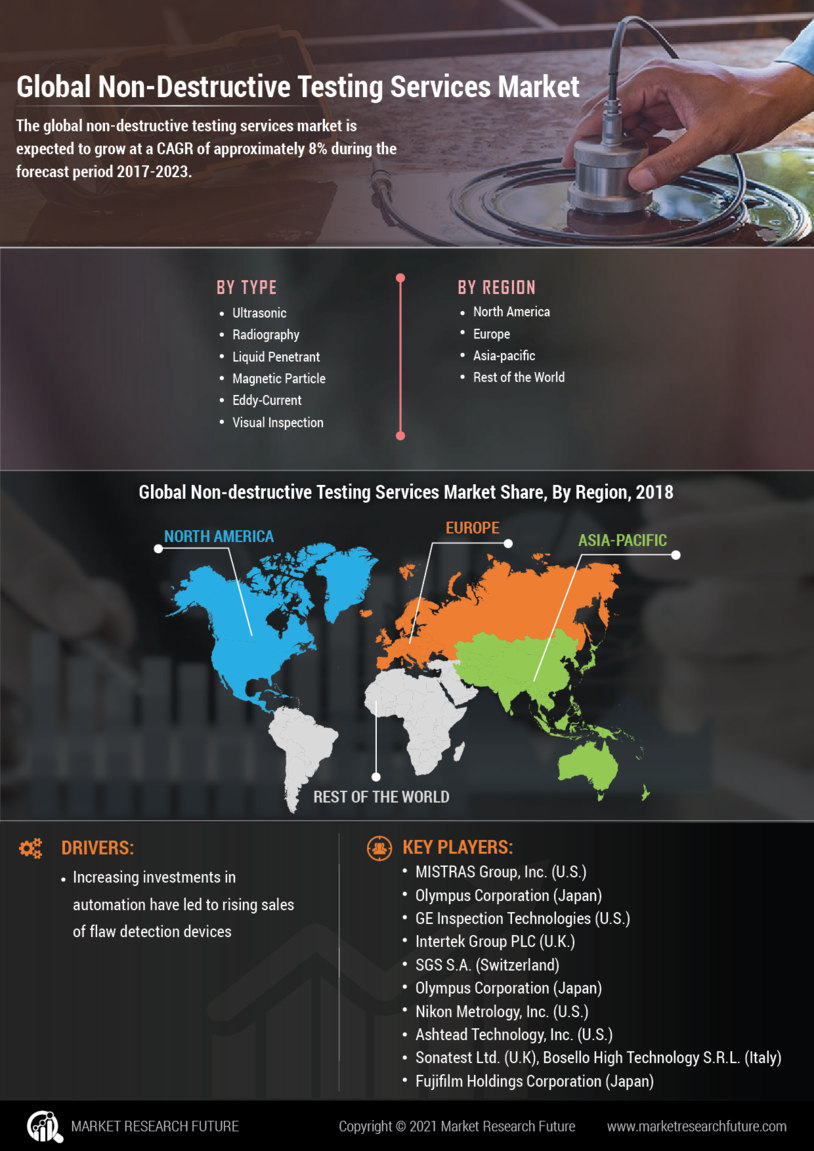
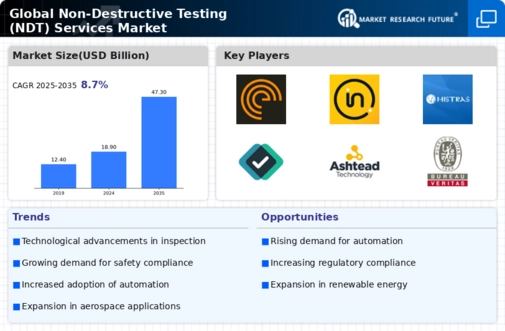

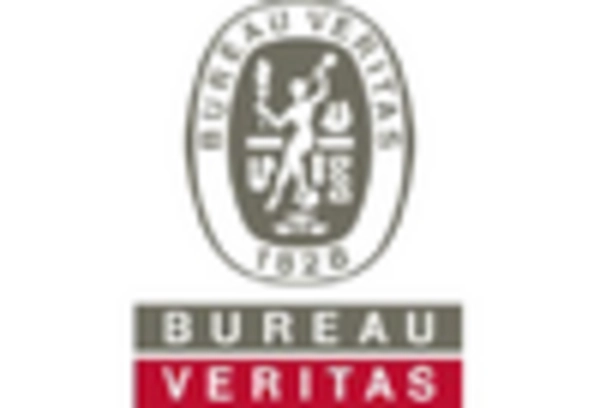
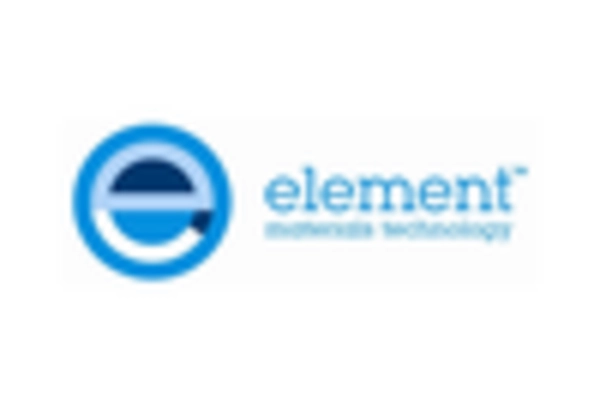

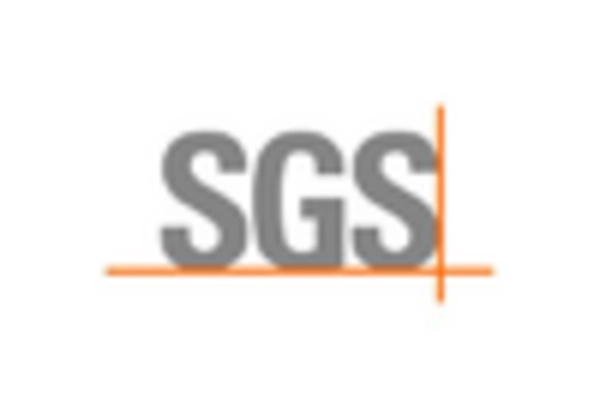
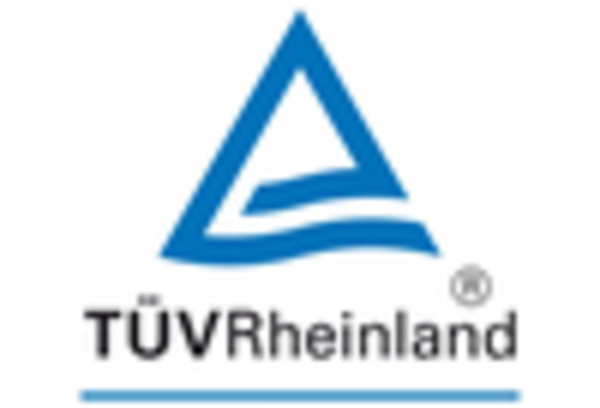








Leave a Comment